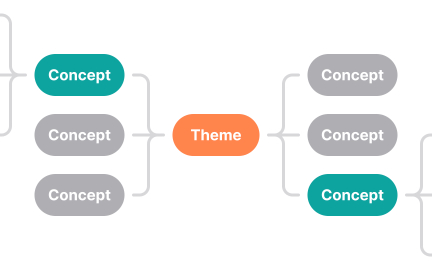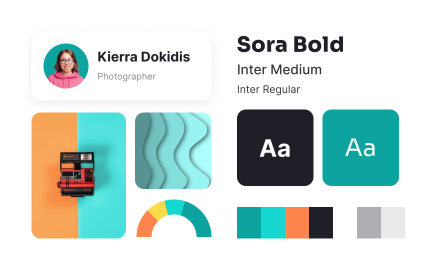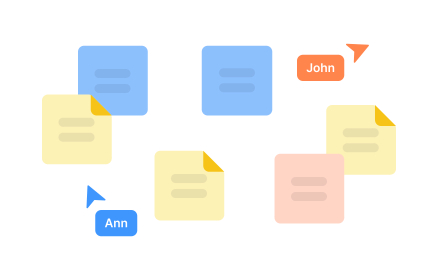Brainstorming
Brainstorming is a creative process where teams generate diverse ideas through open discussion, helping solve design and product challenges with imagination.

Brainstorming is a structured yet flexible method of generating ideas in groups or individually. It is widely used in UX/UI design and product management as a way to address challenges, spark creativity, and uncover solutions that may not emerge through traditional problem-solving methods. By encouraging free thinking, brainstorming allows participants to explore multiple directions before narrowing down the best options.
In UX/UI design, brainstorming is often the first step in building user-centered solutions. Designers may gather to address issues like improving navigation, enhancing accessibility, or creating more engaging onboarding flows. Sketching, sticky notes, or digital whiteboards like Miro or FigJam often serve as visual tools during these sessions. The aim is not immediate perfection but the generation of possibilities that can later be refined through prototyping and testing.
Product managers rely on brainstorming to align cross-functional teams. During roadmap planning or feature prioritization, they may host brainstorming sessions that bring together designers, engineers, and business stakeholders. This collaborative approach ensures diverse perspectives are included. For example, a product manager might frame a question like, "How can we improve retention during the first 30 days?" and then guide the team through idea generation to identify actionable solutions.
Companies known for innovation often prioritize brainstorming as part of their culture. IDEO, a design consultancy, famously uses brainstorming sessions to fuel creativity in problem-solving. Google encourages teams to run short, focused brainstorming sprints when exploring new product features. These real-world examples demonstrate how brainstorming can be both a formal process and a cultural mindset that values collaboration.
There are many brainstorming techniques, each suited to different goals. Classic free-association brainstorming encourages participants to speak their ideas aloud in a judgment-free environment. Mind mapping helps organize thoughts visually, connecting ideas into broader themes. Techniques like "crazy 8s" or "worst possible idea" push participants to think beyond conventional solutions, often sparking unexpected innovations.
Learn more about this in the Cross-Functional Brainstorming Techniques Lesson, a part of the Cross-Functional Design & Product Teams Course.
Key Takeaways
- Brainstorming generates diverse ideas through structured creativity.
- In design, it helps tackle UX challenges and spark solutions.
- In product management, it aligns cross-functional teams.
- Techniques include free association, mind mapping, and crazy 8s.
- Success depends on facilitation, documentation, and follow-up.
Successful sessions rely on clear problem framing, psychological safety, and structured facilitation. When participants feel free to share without fear of judgment, creativity flows more naturally. Tools like sticky notes or digital whiteboards help capture ideas for later refinement.
Equally important is time management. Sessions that drag on often lose energy, while shorter, well-structured ones generate focused and actionable outcomes. A facilitator who balances freedom with focus ensures everyone contributes.
Yes, brainstorming can be highly effective in remote environments with the right tools. Platforms like Miro, FigJam, and MURAL replicate physical whiteboards, enabling teams to collaborate visually in real time. Breakout rooms in video calls can also simulate smaller group discussions.
The challenge lies in maintaining engagement. Remote facilitators must actively include all participants and structure sessions to avoid fatigue. With thoughtful preparation, remote brainstorming can match or even exceed in-person collaboration.
The transition from idea generation to action begins with clustering and prioritizing ideas. Teams categorize outputs into themes and evaluate them against criteria like feasibility, impact, and alignment with goals. This process narrows down possibilities without discarding creativity.
Next, selected ideas enter prototyping and testing. By moving quickly to tangible experiments, teams validate which concepts truly solve problems. This cycle ensures brainstorming is not just creative but also practical, feeding directly into product development.
Recommended resources
Courses

Design Thinking

Workshop Facilitation

Introduction to ChatGPT
Lessons

Figma Vocabulary

AI’s Role in Text Generation and Modification

Essential Tools in Design Workshops
Exercises
Projects

UX/UI Case Study for Inclusive Landing Page for Parliament of Georgia

Pride Month UX/UI case study









